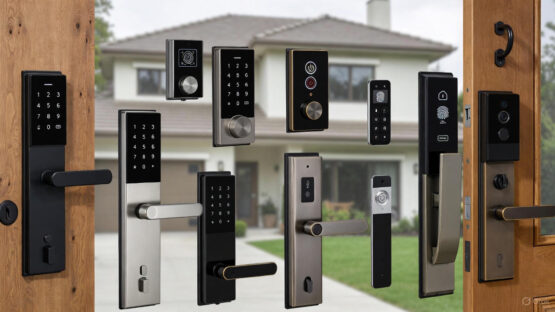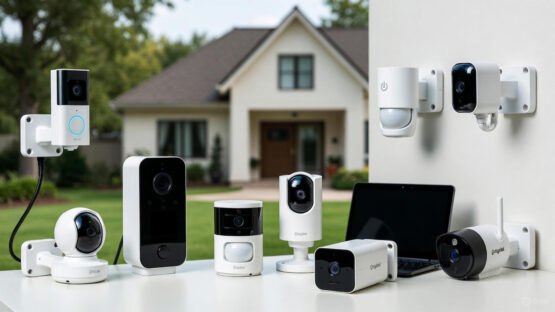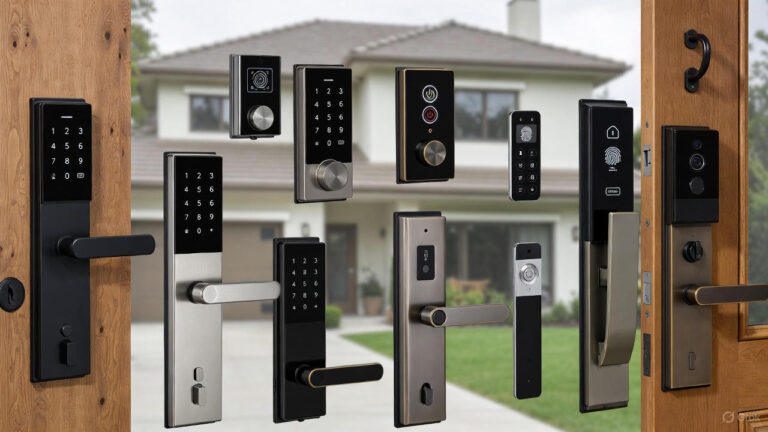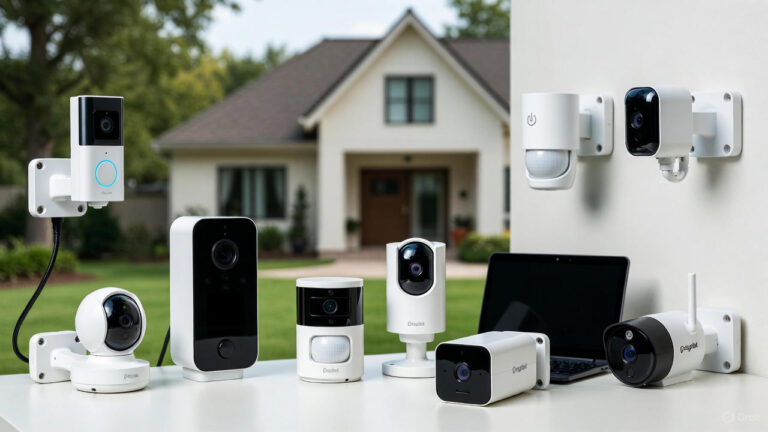You know the feeling. Your body is tired but your mind keeps replaying the day. You check the clock and it is 1:47 a.m. Tomorrow’s alarm feels cruel. If this happens to you more often than you’d like, it may be time to look at small, practical habits that can improve sleep.
The good news is you don’t need an expensive gadget or a complicated routine. There are a few simple changes you can try tonight that can help you fall asleep faster and wake up feeling more rested. These steps are realistic, backed by research, and easy to fit into daily life.
1. Dim the lights as the evening begins
Light is one of the strongest signals your brain uses to decide whether to be awake or to wind down. Bright overhead lights late at night tell your brain it is still daytime, so the body delays the release of melatonin, the hormone that helps you fall asleep.
Try this tonight. About an hour before bed, switch off the ceiling lights and use a small table lamp with warm, low-intensity bulbs. If you read, use a lamp that points at your page instead of lighting the whole room. If streetlights or a bright neighbor’s porch light leaks into your room, try a lightweight cotton sleep mask to block the glow without feeling uncomfortable.
This is less about décor and more about sending clear signals to your brain. Dim lighting cues your body that it is time to slow down. Over several nights, you may notice it becomes easier to drop into sleep.
2. Put the screens away 30 minutes before bed
Scrolling through your phone can feel relaxing in the short term, but the blue light from screens is a workhorse at keeping your brain alert. A 2022 systematic review found that evening exposure to blue light can reduce sleep quality, delay how quickly people fall asleep, and suppress melatonin production. That is exactly the opposite of what you want before bed.
Here are a few practical swaps you can try tonight. Charge your phone across the room instead of on the nightstand. Use a separate alarm clock if you need one. If you want gentle background sound, a compact white noise machine works without a bright screen. If you absolutely must use your device in the hour before bed, enable a blue-light filter and keep screen brightness low, but the best option is to give your brain a real break from screens.
Many people are surprised how quickly their sleep improves when they stop doomscrolling before bed. The brain gets a chance to settle, and your natural sleep signals have room to work.
3. Build a short wind-down ritual!
Falling asleep is less like flicking a switch and more like easing into a slow, comfortable routine. A short, consistent wind-down ritual tells your mind that the day is over and that rest is next. Research on bedtime routines shows a clear benefit for falling asleep faster and staying asleep longer in children, and the same principle applies to adults. Your brain responds to cues and patterns, no matter your age.
Keep it simple. Try one or two of these tonight. Brew a cup of caffeine-free herbal tea and sip it slowly for 10 minutes. Write a short list in a bedside journal to unload the things you are likely to replay in bed. Do five minutes of gentle stretching or a breathing exercise that emphasizes slow exhales. The key is repeatability. When you do the same few small actions each night, your nervous system learns to associate them with sleep.
How These Three Habits Work Together to Improve Sleep
Each habit helps in its own way. Dim lighting reduces sensory input that signals daytime. Putting screens away prevents blue light from blocking your sleep chemistry. A wind-down ritual quiets mental noise so your thoughts do not keep you awake. Alone, each habit can help. Together, they create the right environment to improve sleep naturally and consistently.
Therefore, start with the one that feels easiest. If you only manage to put your phone on the other side of the room tonight, that is a win. If you can add dim lighting and a short ritual over the next few nights, you are stacking small wins that add up.
Small tools that make the habits easier
You do not need fancy gear. A few small, inexpensive items can make it simpler to stick with good habits.
-
A lightweight cotton sleep mask helps block stray light.
-
A compact white noise machine gives steady background sound without a screen.
-
A small bedside journal and pen make it easier to get tomorrow’s to-dos out of your head before you try to sleep.
These items are not required, but they can remove small barriers. For example, if you are used to keeping your phone nearby because you use it as an alarm, a simple alarm clock lets you charge the phone outside the bedroom.
How to make tonight’s test practical
If you are ready to try this tonight, keep the plan simple. Choose one simple habit change to start with. If you pick putting screens away, set an alarm that signals 30 minutes before your intended bedtime, and use that time to switch off devices, dim your lights, and spend five minutes jotting down anything that is lingering in your mind. Notice how you feel when you lie down. If you feel calmer than usual, that is progress.
If tonight goes well, try adding the second change on the next night. Building new habits is about repetition, not perfect execution. If you miss a night, that does not erase the benefit of other nights where you stick with the plan.
A Short Checklist to Copy
-
At 60 minutes before bedtime: switch to warm, low lighting.
-
At 30 minutes before bedtime: stop using screens and place your phone away from the bed.
-
Right before bed: do a two to five minute journal or breathing exercise.
Follow that sequence for a week and notice how it affects your rest. Many people see improvements in how quickly they fall asleep and how refreshed they feel in the morning. These small, repeatable steps are among the simplest ways to improve sleep quality without relying on medication or complicated routines.
Follow us on Facebook and Instagram for the latest updates and exclusive content!










